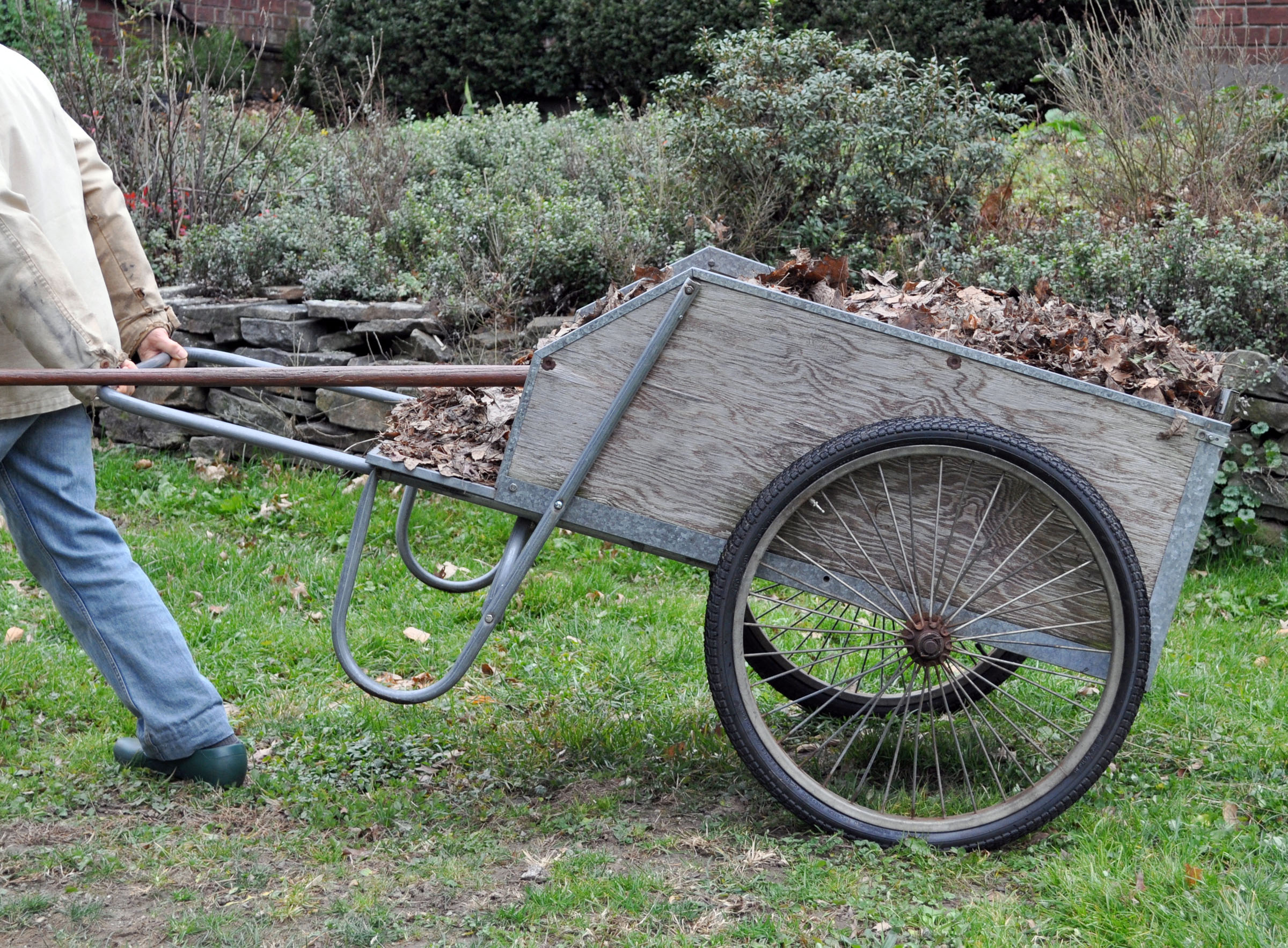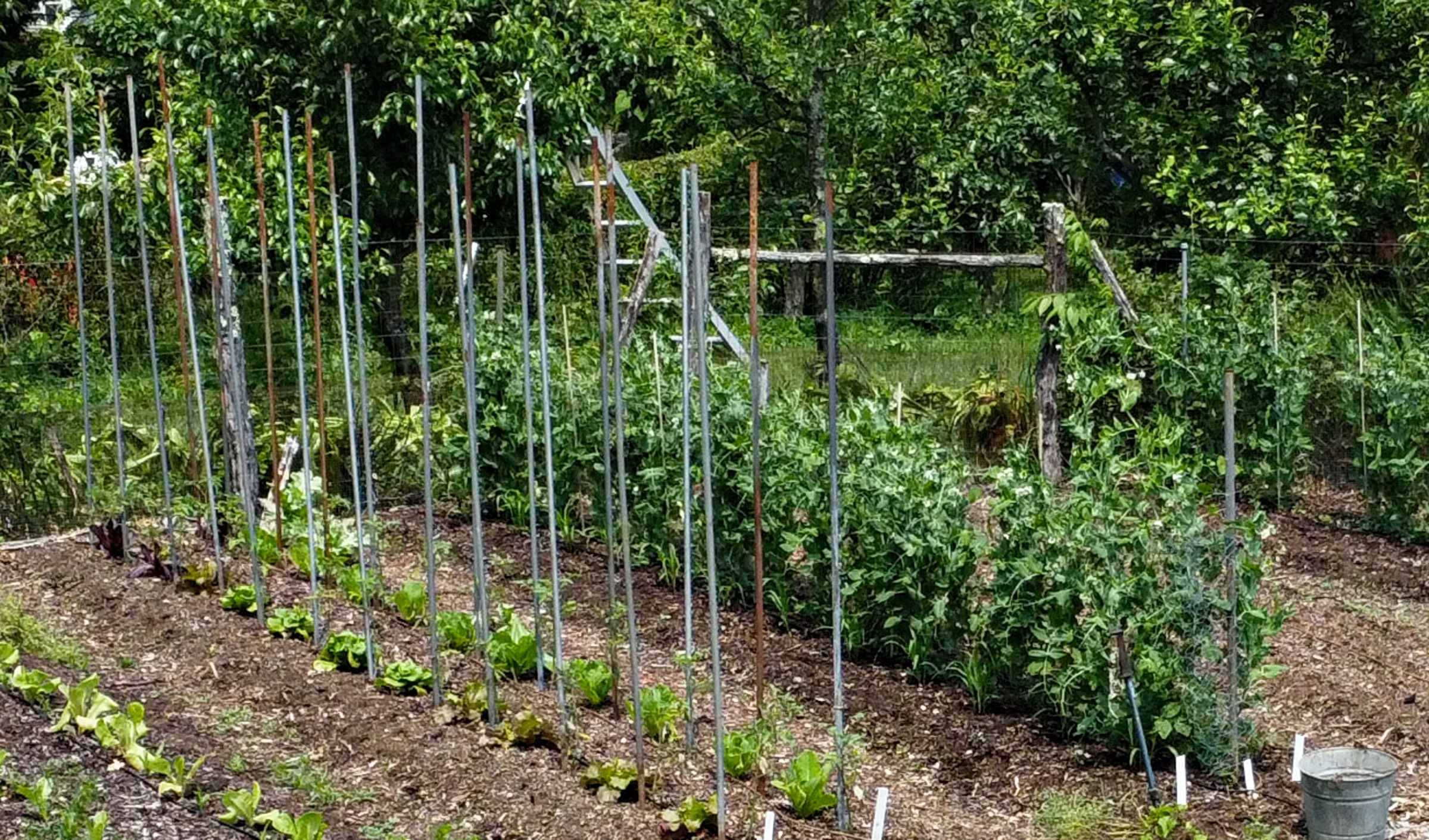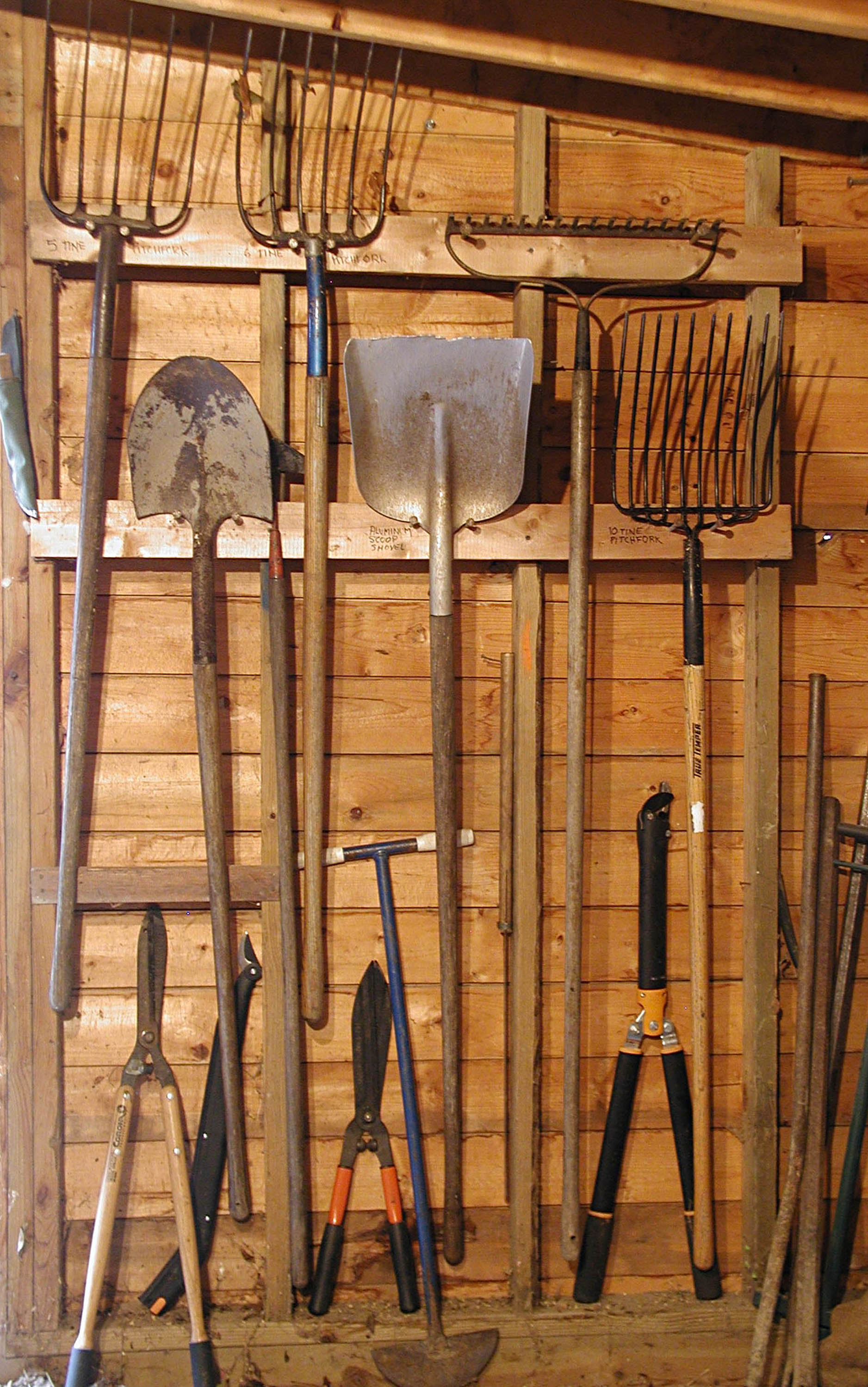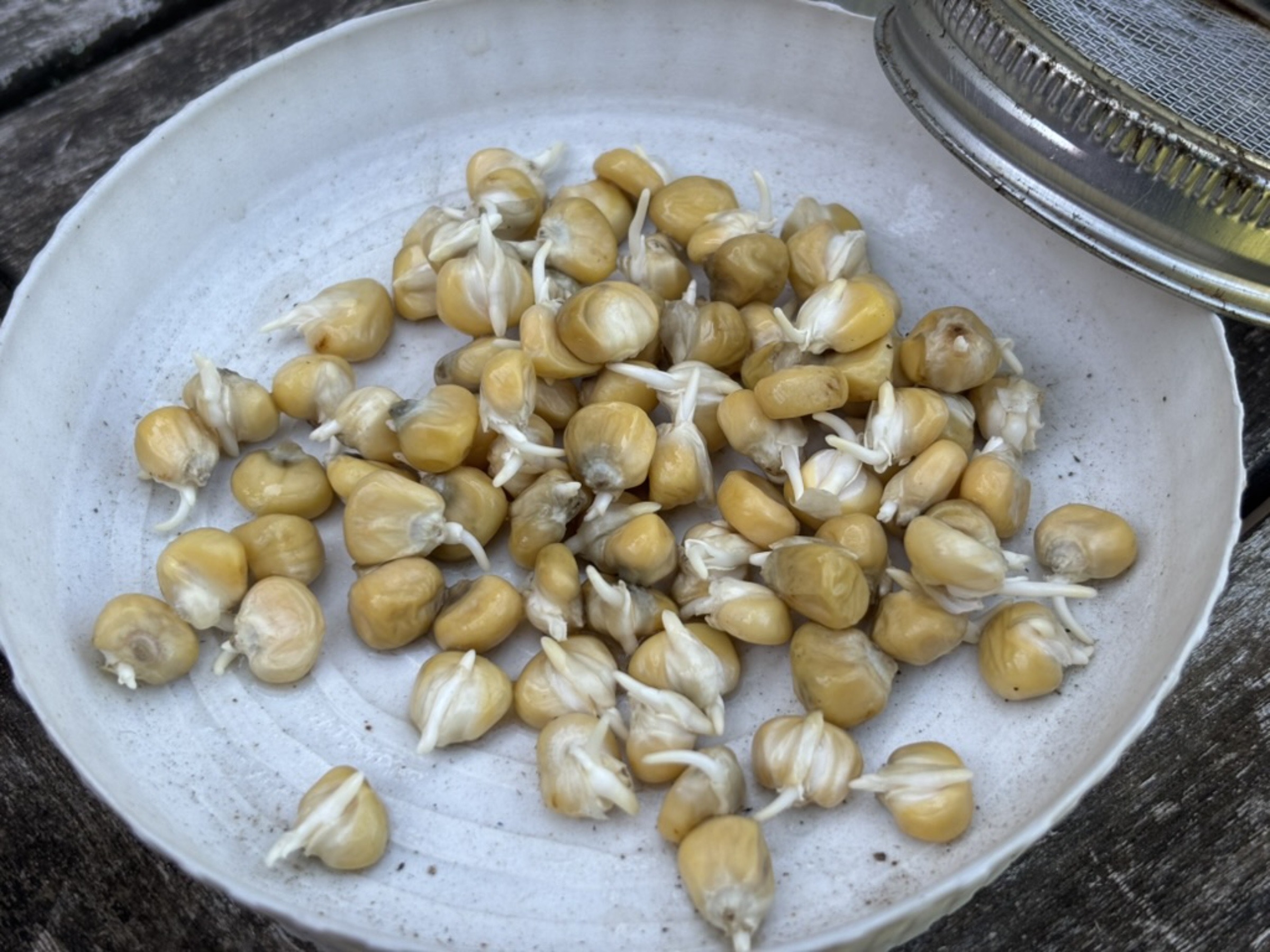A BAKER’S DOZEN OF ESSENTIAL GARDENING TOOLS
/1 Comment/in Tools/by Lee ReichWith 40+ years of gardening under my belt, many gardening tools have come and gone around here. Or not gone; they may still be sitting in a dark corner of my garage. Some of those tools, while hardly essential, I’ve consciously kept because they are useful every once in a while, perhaps every few years. A pickaxe, for example. If I didn’t happen to own one, I could borrow one when needed.
Then there are those tools that get constant use, tools that it would be very hard to do without on an almost daily basis. What follows is my baker’s dozen of essential tools. True, each gardener might tweak such a list to suit his or her specific situation or need, but give each of these tools consideration. You might decide to add or subtract from your own list.
From the Ground Up
Good gardens begin at ground level. I pay close attention to my soil and a few of this Baker’s Dozen list relate to the soil.
It’s been 35 years since I purchased a garden cart, essentially a sturdy, 3-sided wooden box that rolls on  Read more
Read more
RAINY WEATHER: WHY WATER?
/0 Comments/in Gardening/by Lee ReichPrognastication, Nope
Who can predict the weather? If it happens to be raining cats and dogs as you read this, my words might make you want to pelt me with ripe tomatoes — if you had them yet. Still, I’ll say it again: Timely watering is the way too get the best plant growth from any plot of ground in any season.
Watering usually helps even in wet seasons because all the water that falls in such seasons is not available to plants. Roots need air to function, and a cat and dog rain temporarily drives all the air out of the ground. Roots start to breathe and function well again only after gravity has pulled excess water deeper into the ground. A timely watering will spur plant growth in drier periods between rains.
I’m not making a case for setting up elaborate irrigation systems to water every maple, marigold, lettuce, and lawngrass. (My blueberry bushes and my vegetables are the only plants that are watered regularly, here — as described in my book Weedless Gardening — with drip irrigation on a timer.) Read more
HAVE FAITH, WITH RESERVATIONS
/0 Comments/in Gardening, Vegetables/by Lee ReichSprouts for Your Vegetables
Planting a seed is an act of faith. After all, what could seem more far-fetched than dropping a shrivelled, apparently lifeless speck of something into a hole in the ground, then expecting to return and find growing there a lush, green plant brimming with life. A lack of faith — or maybe it’s just impatience — is what drives some gardeners to set out transplants rather than sow seeds. Of course, plants such as tomatoes, peppers, and eggplants won’t ripen their fruits in due time if seeded outdoors when the soil is warm enough for germination.




